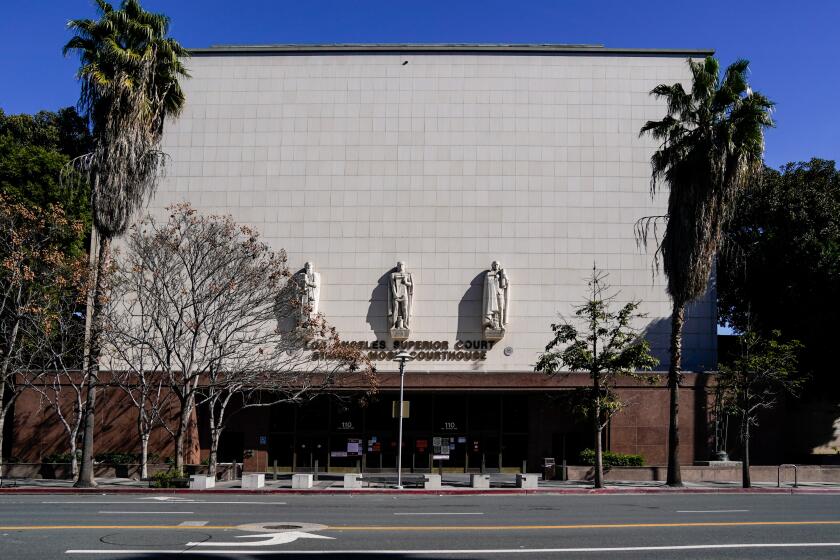Newton: The tangled web of DWP rate increases
Once the Los Angeles City Council quits its faux hand-wringing and approves AEG’s proposal to build a football stadium downtown, it will face the hard and often acrimonious job of deciding whether and how much to raise water and power rates for city residents and businesses. Anyone who follows city government knows how that debate is likely to unfold even before it begins.
Citing the need to address deferred maintenance and increased responsibilities, the Department of Water and Power will argue for rate hikes; the council will feign shock at the proposed increase and accuse the DWP of bad faith; City Hall critics will blame fat pay increases for the DWP’s union membership and insist that the public not be forced to pay for the lavish retirements and health benefits of utility workers. Whether or not rates go up, everyone will go away mad.
This time, however, there was supposed to be a new element in the process. In March, city voters overwhelmingly approved the creation of a new entity in city government — a “ratepayer advocate” to serve as the voice of consumers with the utility in negotiations such as those coming up. As a group of UCLA students who examined the department concluded, the ratepayer advocate offers the DWP and the city leadership “a new ally in serving the residents of Los Angeles.”
Except for one problem: The ratepayer advocate still doesn’t exist. The office doesn’t have a staff or organization plan; it’s not even clear whether it will have an executive director and a separate ratepayer advocate or whether those will be the same person. A citizens commission will name the office’s executive director, but it can’t do that yet because the members of that commission still have not been named by the City Council.
In April, soon after voters approved the position, the council acted to begin setting up the office (the charter amendment was scheduled to go into effect July 1). The first step, as called for in the ballot measure, was to appoint a citizens commission. But it was not until June 6 that the city attorney’s office supplied the council’s Energy and Environment Committee with a primer on how it could proceed to appoint the commission and actually begin work. And only in the last few weeks has the council approved creation of that commission.
Councilwoman Jan Perry, who chairs the committee and is a candidate for mayor, concedes that the drive to create the new office has been slower going than she had hoped, but says she thinks the council’s on track now.
Still, the delays have been costly. Ron Nichols, the still relatively new chief of the DWP, has spent the last few months patiently explaining the DWP’s financial predicament to the public and its elected leaders. As he notes, the DWP faces formidable legal and technical challenges. It has to upgrade its electrical systems to rely more heavily on renewable sources. It has water mains that date to the early 20th century. And its rates are lower than those of virtually any other California utility.
That adds up, in his estimation, to an urgent need for rate increases, though relatively modest ones this year, with incremental increases over the next two. He’s not calling for a specific hike but rather has laid out a series of options so that the council, with input from the public, can determine which it considers most palatable. Importantly, however, the longer the city waits to increase rates, the more pressure it puts on officials to raise the rates further; the city’s fiscal year began July 1, so the DWP already is a month into its budget at the existing rates. Nichols has thus argued that the council should take the matter up as soon as it returns from its summer recess, with an eye toward adopting a new rate structure in September.
Will that happen? Perry says she won’t approve a rate increase until the ratepayer advocate is in position. She expressed admiration for Nichols and said he’s to be commended for his candor. As for his timeline, however, Perry said, “I think that’s unrealistic.” She predicts no vote until next year.
So it begins.
More to Read
A cure for the common opinion
Get thought-provoking perspectives with our weekly newsletter.
You may occasionally receive promotional content from the Los Angeles Times.







